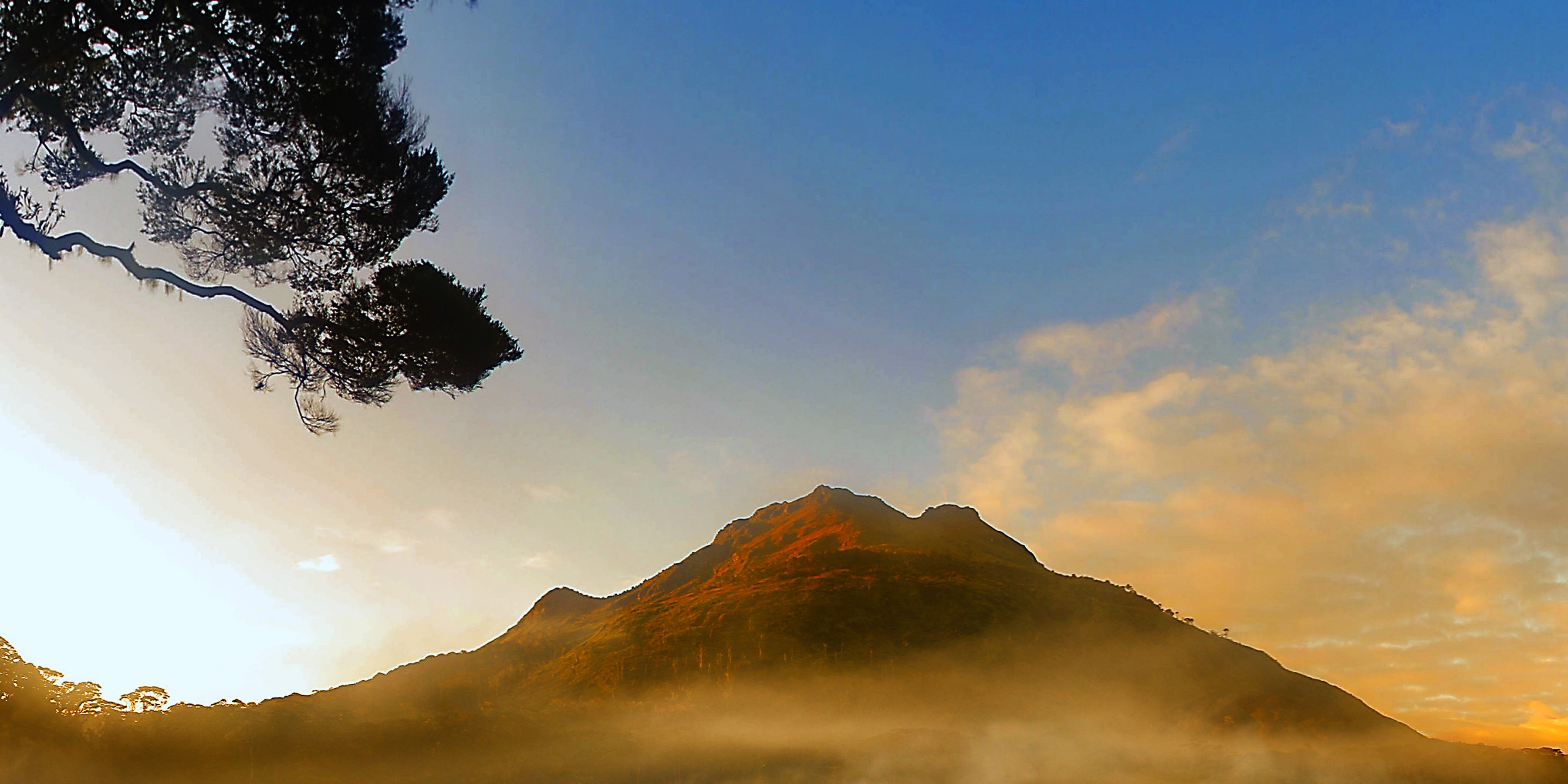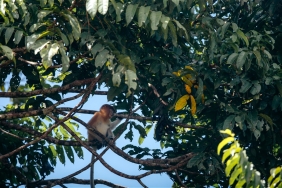UTILIZING GEOTHERMAL MOUNT APO WHILE PRESERVING ITS NATURE
By: Indra Sari Wardhani
The media trip to Mount Apo geothermal power plant continued on the third day. Participants visited the power plant installation managed by EDC. Before entering the installation area, all participants had to wear equipment (helmets, field glasses and earplugs), according to standard safety procedures. EDC staff guided all participants and provided an explanation of how the geothermal plant works.
Literally, geothermal (which in Indonesian means "geothermal") comes from the word geo which means earth and thermal which means heat. The working mechanism of fluid flow in geothermal systems begins with rainwater that falls and seeps into the earth through pore channels or rock cavities. In volcanic areas, the permeability of rocks can be greater due to technonic activity or as a result of mountain eruptions that can create fault and caldera structures. The existence of these structures is not only able to open the pores between rocks to be more open, but more than that the structure can create a fracture zone that is wide enough and extends vertically. This fracture zone allows groundwater to break through to very deep layers to meet hot rock.
Water will increasingly accumulate and be heated by hot rock so that the pressure rises. Some of the water is still in the form of hot water, while others turn into hot steam. The hot fluid, whose pressure continues to increase, presses on the hot rock that surrounds it and tries to find a breakthrough to release the pressure. If the high-pressure fluid finds a gap or a path that can lead it to the surface, there will be manifestations on the surface that come from the high-pressure subsurface zone. The location where the hot fluid is called a geothermal reservoir. While the rock layer at the top is called cap rock which is impermeable or very difficult to be penetrated by the fluid.
This hot steam is then utilized in the geothermal power generation system to produce electrical energy. In the process, drilling is required with a depth of 2000 - 2500 meters depending on the location of the hot steam. Then the hot steam will be flowed using pressurized pipes to the separator to separate gravel, water, and other substances until clean steam is obtained. This clean hot steam will then be used to drive a turbine connected to a generator to convert it into electricity. The rest of the steam that has cooled down and turned into water will be injected back into the earth. This is done to maintain the geothermal reservoir. < br />
Geothermal is a renewable energy source that is environmentally friendly because the carbon emissions released from upstream to downstream are very small when compared to fossil energy types. Geothermal is naturally found in many volcanic areas. Indonesia is the country with the largest geothermal potential in the world, reaching around 29 GW. However, until 2013, only 1.3 MW of this potential was utilized.
After visiting the power plant, participants were invited to see the nursery for EDC's reforestation program. On this occasion, participants were also invited to plant trees on site. Several species of endemic flora, such as Tinikaran, were developed at the nursery and later planted at several reforestation sites in Mount Apo.
From 2009 to 2012, through the BINHI program, EDC has successfully reforested 3,277 hectares of Mount Apo. The goal of this program is to preserve the geothermal reservoir, store carbon, maintain endemic biodiversity and create a beautiful environment for the local community. And in achieving these goals, the BINHI program developed 4 main modules, namely:
- Tree for Life (trees for life),
- Tree for Food (tree for food source),
- Tree for Leisure (tree for beauty), and Tree for Future.
- Tree for Future.





